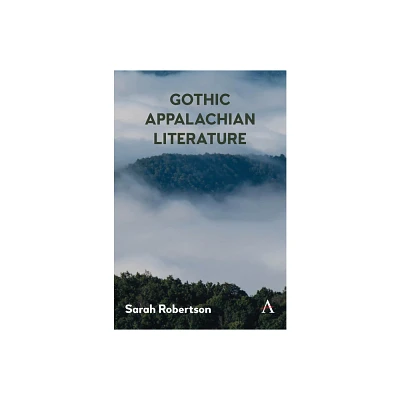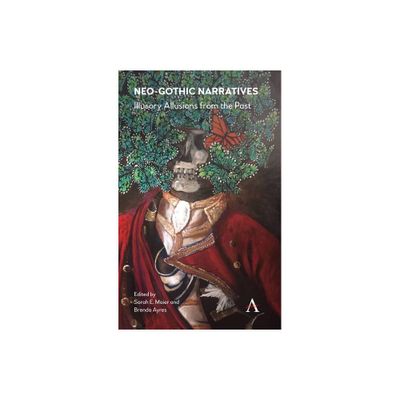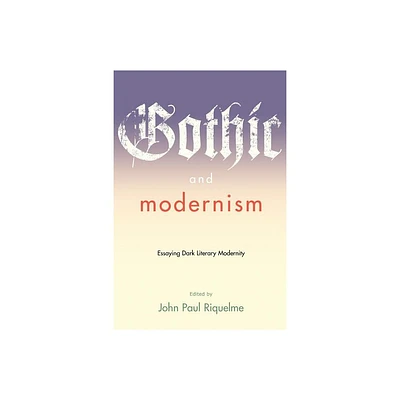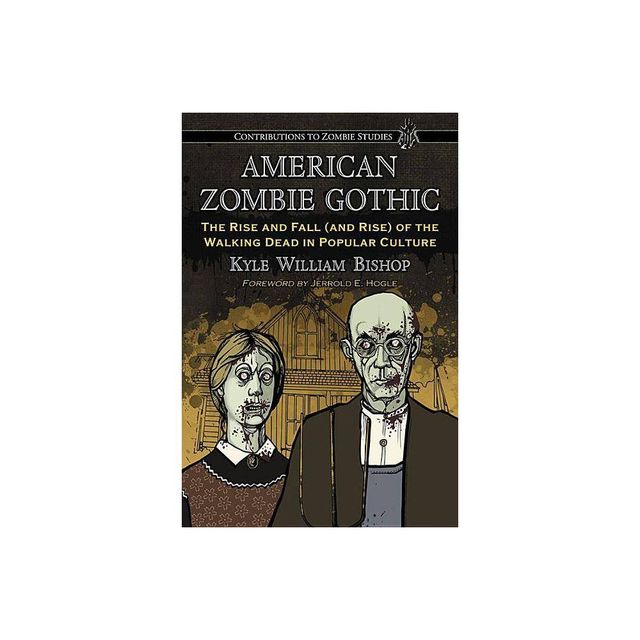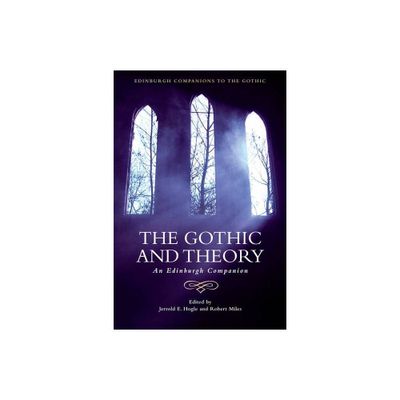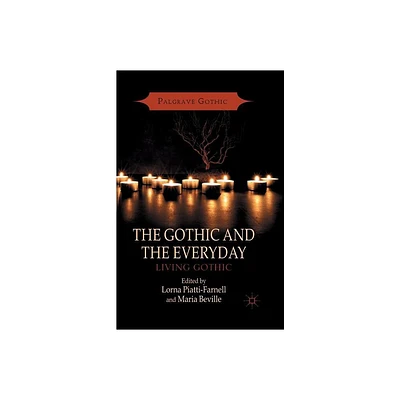Home
Studies in Gothic
Loading Inventory...
Barnes and Noble
Studies in Gothic
Current price: $140.00


Barnes and Noble
Studies in Gothic
Current price: $140.00
Loading Inventory...
Size: OS
*Product Information may vary - to confirm product availability, pricing, and additional information please contact Barnes and Noble
This volume investigates a wide range of topics in the study of Gothic, the oldest Germanic language to be attested in any substantial texts, some three centuries before the earliest Old English. It covers issues in sociolinguistics, historical linguistics, phonology, derivational morphology, verbal syntax, and discourse structure. Individual chapters examine Gothic-Latin bilingualism in sixth-century Italy, some hitherto undiscovered aspects of the production of the first edition of the Codex Argenteus associated with England, and the translations of Greek nominal compounds in the Gospels. Phonological and morphological topics covered include vowel lowering (“breaking”), the distinction between abstract nouns in
-ei
and
-iþa
, the shape of the 'yon'-word in Proto-Germanic, and the morphology and derivational history of the word
fidur-dogs
'four-days-old'. The syntactic studies explore the development of verb + particle constructions in Gothic and Old Saxon, attempt to discern the order of noun plus adnominal possessive, and analyse the complex and in part cross-linguistically unparalleled markers of Gothic relative clauses. The volume concludes with two chapters that explore discourse structure: the first studies the particles
nu
þan
in their dual roles as anaphoric elements ('now' and 'then') and as discourse particles, while the second examines the system of discourse articulation as a whole in the Gothic Gospels.
-ei
and
-iþa
, the shape of the 'yon'-word in Proto-Germanic, and the morphology and derivational history of the word
fidur-dogs
'four-days-old'. The syntactic studies explore the development of verb + particle constructions in Gothic and Old Saxon, attempt to discern the order of noun plus adnominal possessive, and analyse the complex and in part cross-linguistically unparalleled markers of Gothic relative clauses. The volume concludes with two chapters that explore discourse structure: the first studies the particles
nu
þan
in their dual roles as anaphoric elements ('now' and 'then') and as discourse particles, while the second examines the system of discourse articulation as a whole in the Gothic Gospels.

